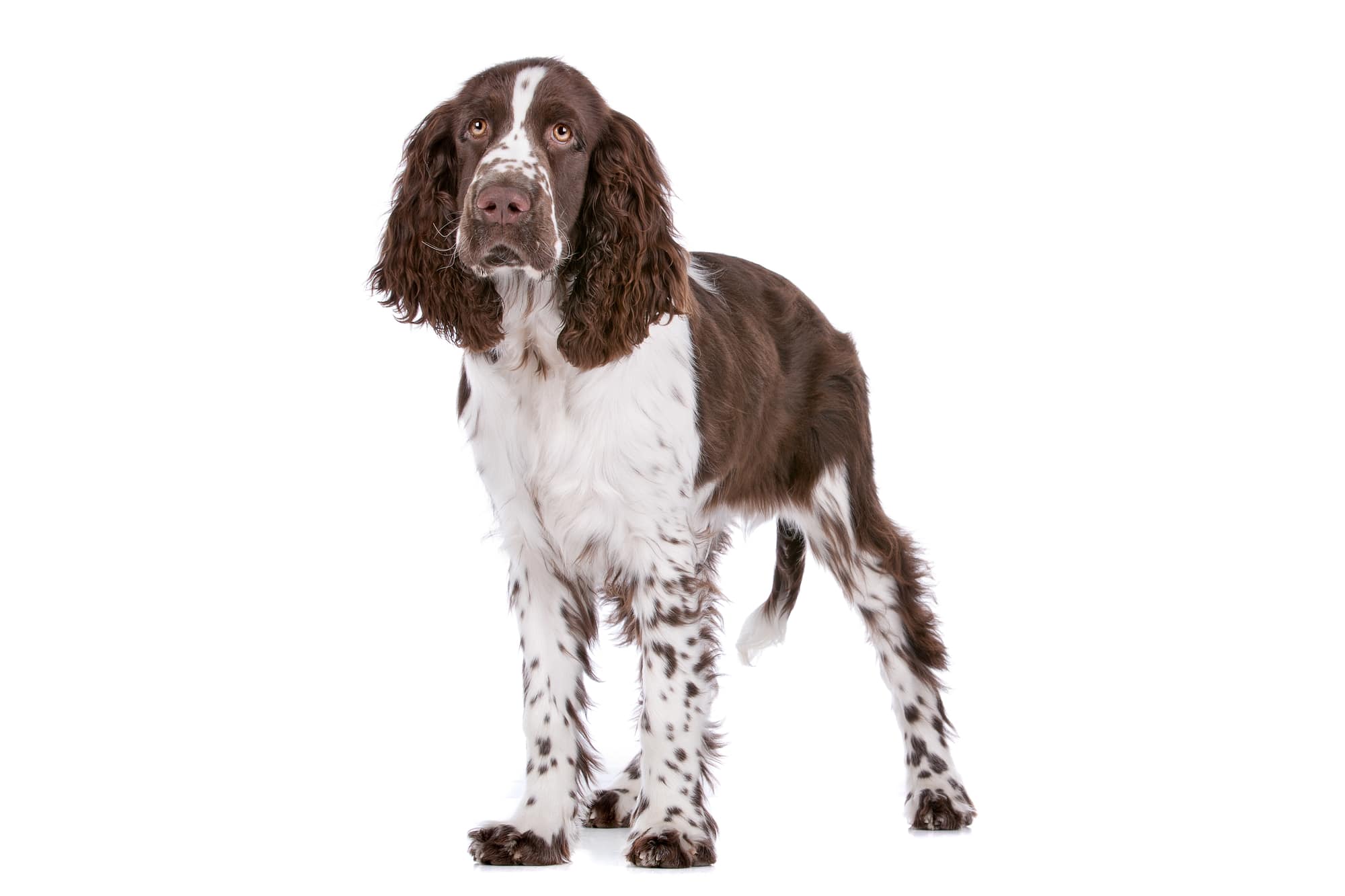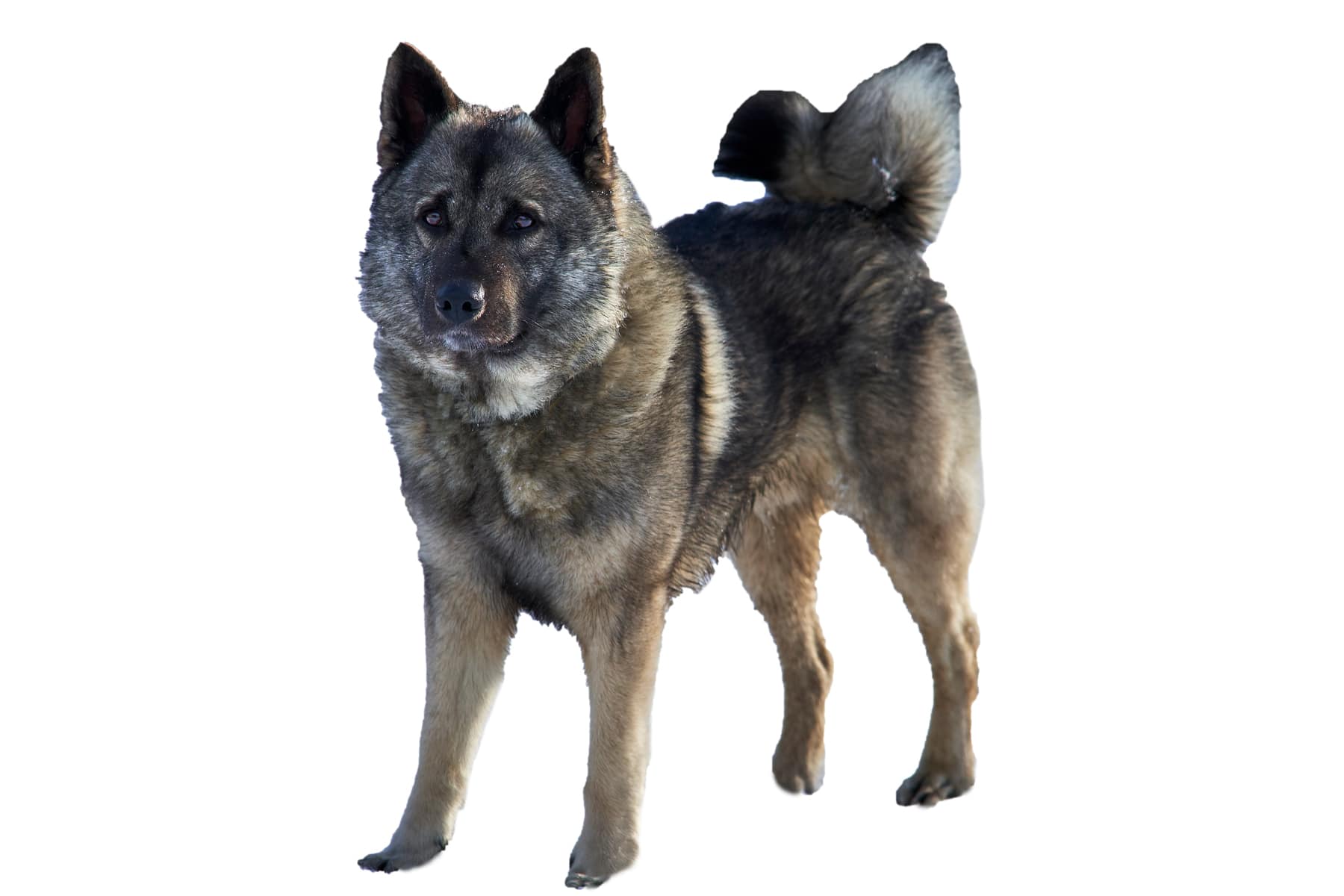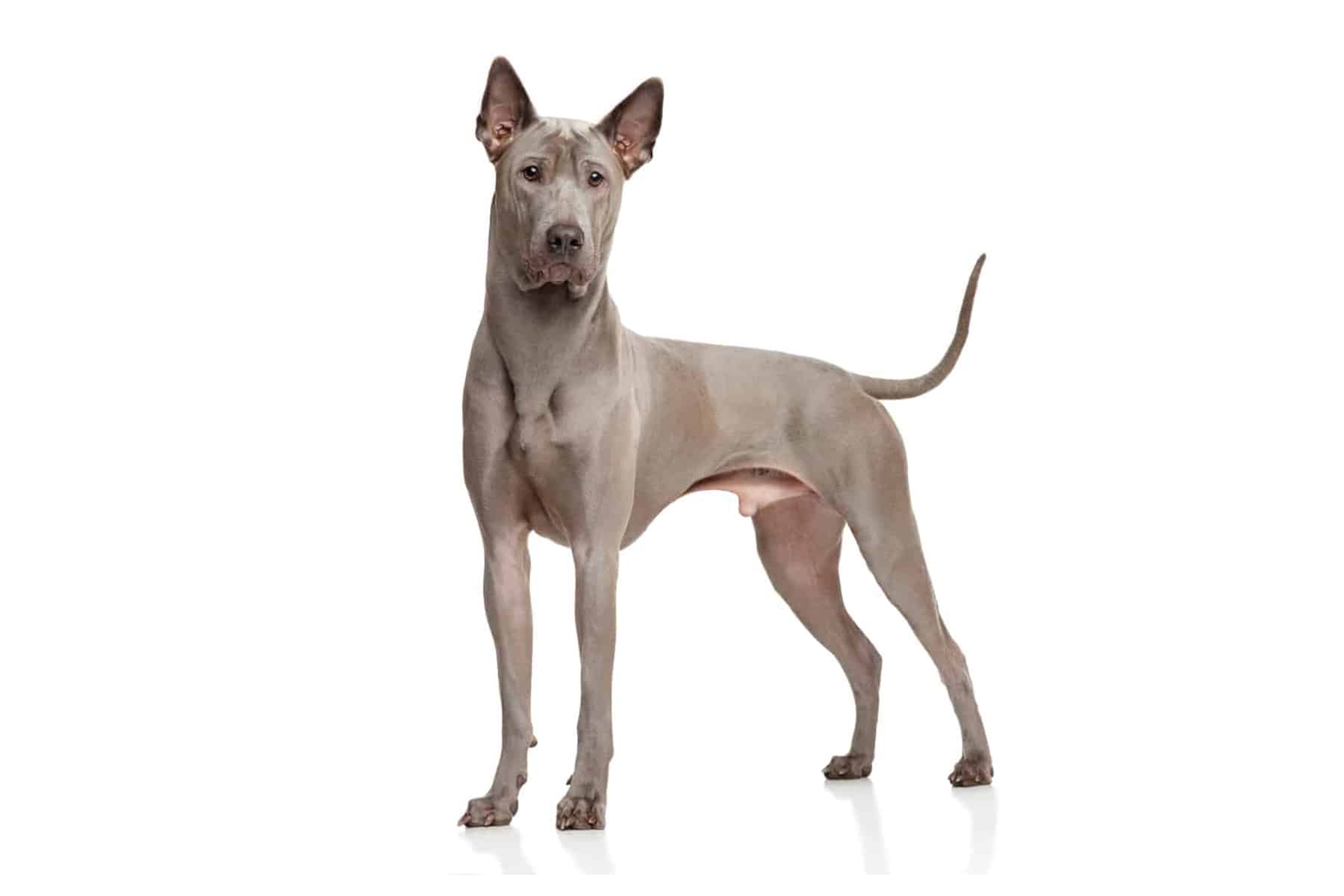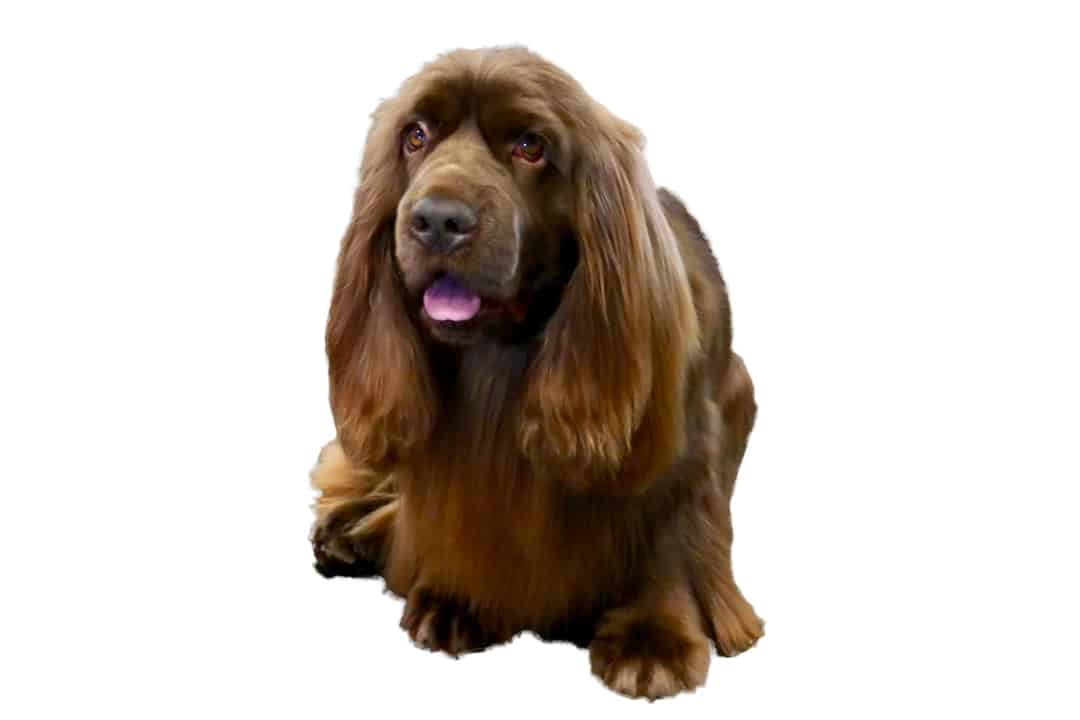Ibizan Hound
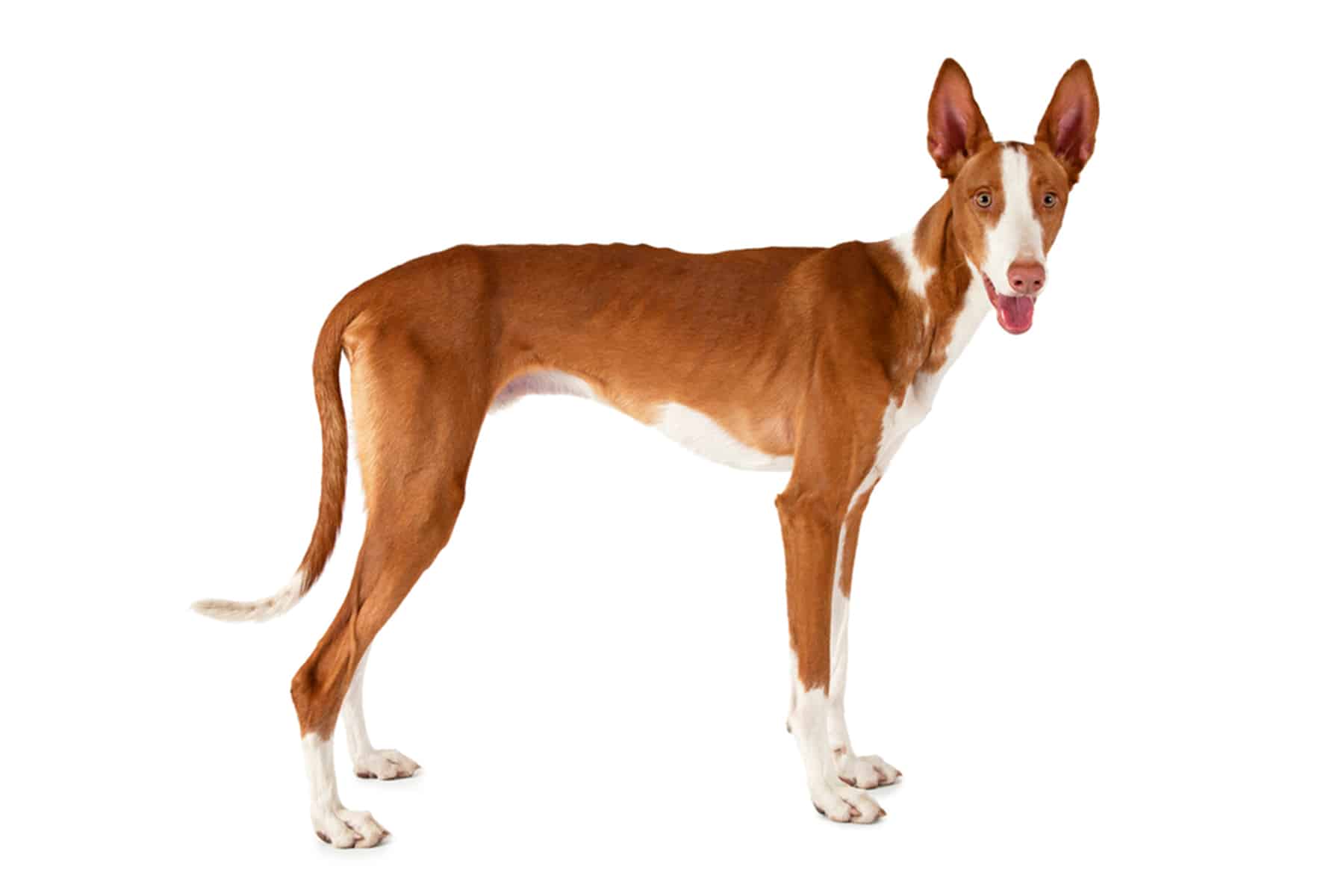

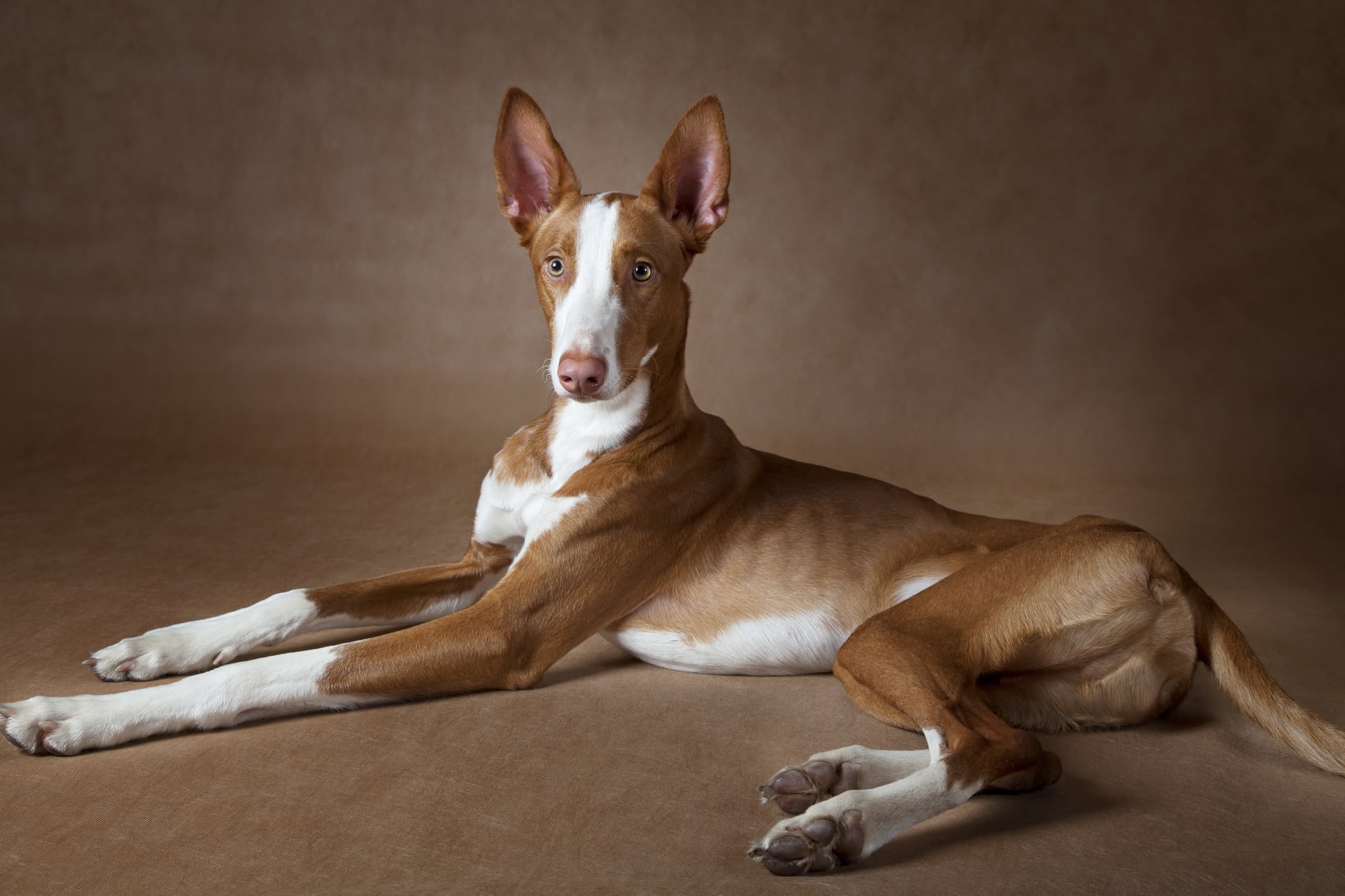
Temperament:
The home of the Ibizan Hound is the Spanish mainland and the Balearic Islands. The Podenco Ibicenco is a dog breed recognized by the FCI. This dog breed is listed in Group 5, Section 7 under Standard No. 89. Other well-known names are Podenco Ibicenco, Ibizan Warren Hound. Ca eivissenc is the Catalan name.
Characteristics
Typical of the Ibizan Hound is its slender, greyhound-like build. The height at the withers of females varies between 60 and 67 cm. The males are slightly taller at 66 to 72 cm. The body weight of both sexes is between 20 and 30 kg.
The Ibizan Hound comes in three coat varieties. The best known coat is smooth and short. The breed is also bred as rough-haired and long-haired. Approved coat colors are white, fawn, red and red and white. Fawn coloration is only permitted in the rough coat and long coat.
The long-legged Ibizan Hound with its narrow head, long muzzle and large ears lives to be between 10 and 12 years old. Its ability to jump from a standing start is legendary. The elegant and ground-covering trot can change to a rapid running pace in a flash.
This active dog's passion for hunting can hardly be driven out. Walks or sporting activities in nature should therefore be carried out on a suitable lead. The Ibizan Hound is an intelligent, stubborn dog. With consistent training, it is easy to manage.
This dog performs tasks independently and with commitment. It is calm and sensitive in the house. The Ibizan Hound must be able to live out its innate urge to move. One possibility is to let him run around in a safe environment. A large garden with a high fence would be ideal.
Coat care:
Shedding:
Energy level:
Trainability:
Children suitable:
The right food
When choosing food, make sure that it contains high-quality ingredients, is balanced and meets your dog's requirements. Age, size or weight, activity and health status play an important role. You should follow the manufacturer's recommendations for the amount of food.
Treats should only be fed in moderation and deducted from the basic diet to avoid obesity.
Puppies can be fed 4-6 times a day. The number of meals should be gradually reduced to 2 per day until the dog is fully grown. A rest period should be observed after meals.
Fresh drinking water should be available at all times.
Health & Care
The Ibizan Hound is very easy to care for. The coat should be brushed regularly. Regardless of the coat type, the Ibizan Hound has no undercoat. The regular change of coat is unspectacular.
The claws and pads should be checked routinely after long walks. Injuries can also occur in this area when cycling or other active dog sports.
Breed-typical diseases are not known. The Ibizan Hound is a robust dog. Above all, the performance-oriented breeding in its country of origin does not allow for any health defects.
Suitable accessories
In addition to the usual collar or harness, a suitable lead should also be available. Various leads are useful for the Ibizan Hound. A short lead (2 m) for the city. A long lead (5 m) for woods and meadows.
A tracking lead (10 m) would be important for training as a tracking dog. Lunging is a good thing for obedience and the human-dog relationship. Pylons and a long rope for the circle are needed here.
Intelligence games for the cold season provide variety. Sniffing games train the dog's nose.
The Ibizan Hound has no undercoat. Therefore, a rain or winter coat for the back is a good idea in the cold and rainy season.
Other accessories your dog will need are a dog basket or dog mat as a place to retreat, water and food bowl, tick tweezers, claw clippers, mild dog shampoo, brush and comb, toothbrush and toothpaste for dogs, transport box for transportation in the car and a first aid kit. It is best to ask your vet what belongs in the first aid kit.
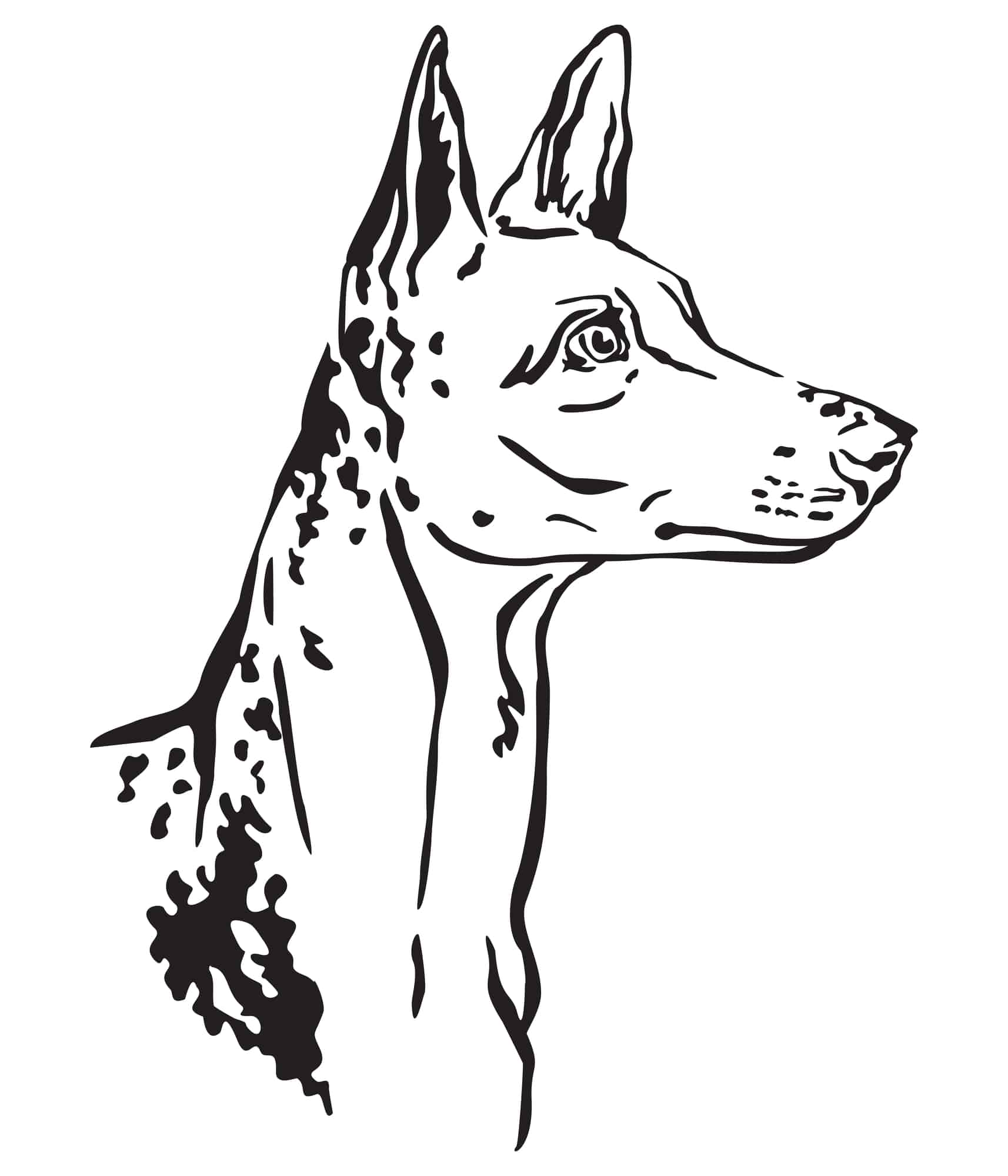
Origin & History
There are several possible variants for the origin of the Ibizan Hound.
On the one hand, the ancient Egyptian hunting dog Tesem is said to be the origin of this breed. This is also associated with the Pharaoh's dog (Kelb tal Fenek). The Pharaoh's dog originally came from Malta.
Another possibility is that the Phoenicians spread this type of dog in the Mediterranean region. However, this theory has not been proven.
Another theory is that the Ibizan Hound, Pharaoh Hound and Cirneco dell'Etna breeds developed from the Pariah dog. This would mean that there are no common ancestors. The appearance of these dog breeds developed from regional requirements.
The Ibizan Hound first came to England in 1929. It is still bred in England today. On the continent, the name "Pharaoh Hound" was used for a long time. An article appeared in a Swiss hunting magazine in 1906. Dr. Carl von Muralt reported on hunting on the Balearic Islands. He used the term "pharaoh dog".
In 1931, Spain submitted a breed standard for the Ibizan Hound to the FCI. The FCI adopted another breed standard in 1963. This was based on the Ibizan Hound. This made it possible to register all sighthound-like dogs with erect ears from the Mediterranean region as "Pharaoh dogs".
This second breed standard was abolished by the FCI in 1977. As a result of this correction, the Pharaoh Hound was assigned to the Kelb tal Fenek (Malta).
